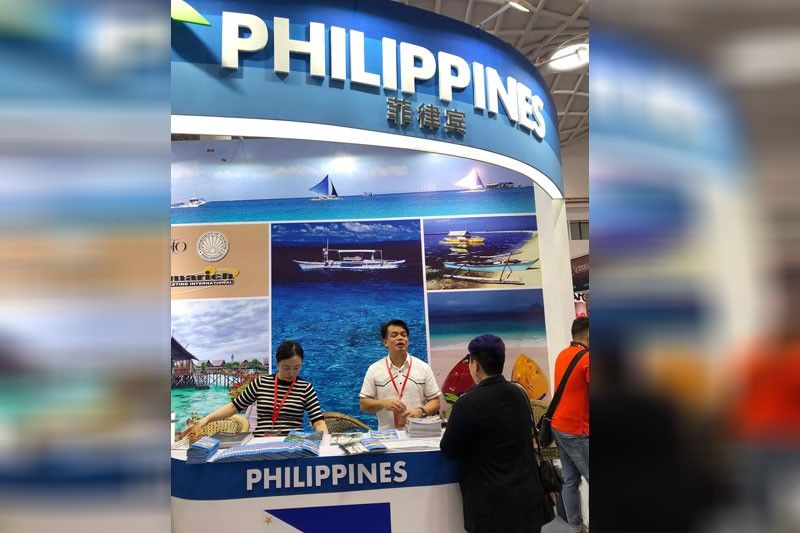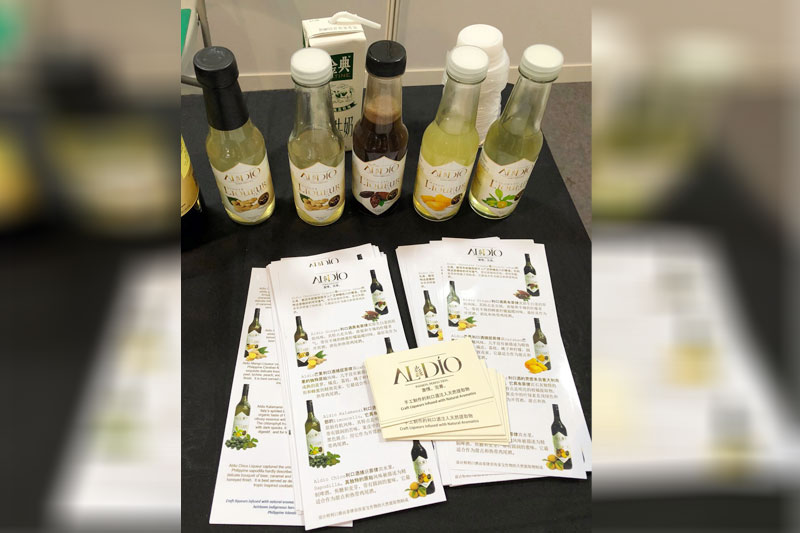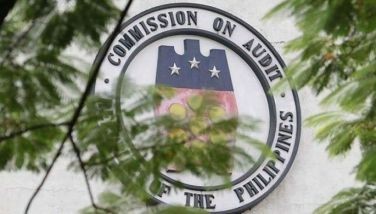Sustainable tourism: Beyond adobo and shopping

MANILA, Philippines — Ireneo “Rene” Reyes knows exactly what his Chinese tourists want. After spending eight years In Taipei and now a year in Shanghai, this tourism attaché knows his prospects and clients well.
“They are looking for food other than adobo,” he says. Even if every Filipino tour presents our local or national dish, Reyes says his tourists want different flavors, too. And in the absence of such choices they look for familiar food served in our many Chinese restaurants. Fresh vegetables, salads, fruits and choices of soup and noodles – and not just shrimp adobo, squid adobo and chicken or pork adobo.
“We need new tourist products to offer them,” he tells us at the recent Hainan International Coffee Congress where the Philippines was offered a pavilion to showcase our coffee products. So we, the International Women’s Coffee Alliance (IWCA), offered him a coffee crawl in Makati, an agro-tourism tour in Cavite and other destinations which he can sell to his new target: Chinese coffee afficionados who gathered in Hainan and did not think twice about paying the high prices of specialty coffee.
 High-quality Philippine coffee products
High-quality Philippine coffee products“The Chinese tourist can spend P66,000 per trip,” he says, but many of these tourists only shop in Manila.
“Many are zero-based, meaning their hotel and airfare have already been paid in China,” he explains.
While going over the brochures he brought to the congress, Reyes explains that he is now promoting tourism to a higher spender.
These higher spenders can buy coffee, take cooking classes and visit farms. “It is the experience these higher spenders look for,” and maybe that will be changing soon.
Reyes agrees with Tourism Secretary Berna Romulo-Puyat that there are tourists looking for experiences rather than just shopping and that spells the difference.
 flavored liqueur are marketed to Chinese tourists who are willing to pay a premium for specialty products.
flavored liqueur are marketed to Chinese tourists who are willing to pay a premium for specialty products.It also promotes sustainable tourism as higher spenders are aware about eco-tourism standards. It is also strongly encouraged to preserve the environment while enjoying one’s experience in any destination.
I mentioned the Global Sustainable Tourism Council (GSTC) and the standards which are in harmony with our environmental laws.
“Sustainable tourism is the answer,” he stresses, “and I can find tourists from China who may just be perfect for that.” Give him products to sell and he will.
That led us to thinking of China’s burgeoning coffee industry and market.
Who would not want to pick coffee and see it roasted and then drink it? There are a billion potential coffee drinkers in China and they can very well afford good coffee and better-priced tours.
 Philippine coffee represented at the Hainan International Coffee Congress and Beverage Expo.
Philippine coffee represented at the Hainan International Coffee Congress and Beverage Expo.Reyes is in a vital position that will change the profile of the usual Chinese tourist. And he knows this could be his legacy as he may just change the metrics from number of tourists to dollars or yuan delivered per passenger or per tourist.
It’s about time we stopped counting heads who spend less but start counting dollars from lesser number of tourists, thereby preserving the resources and meeting or going below the carrying capacity of each island.
We don’t want another Boracay. We don’t and cannot support mass tourism.
It’s time to change the metrics from simple numbers of tourists to amount in dollars as a measure of success in tourism.
- Latest
- Trending



















